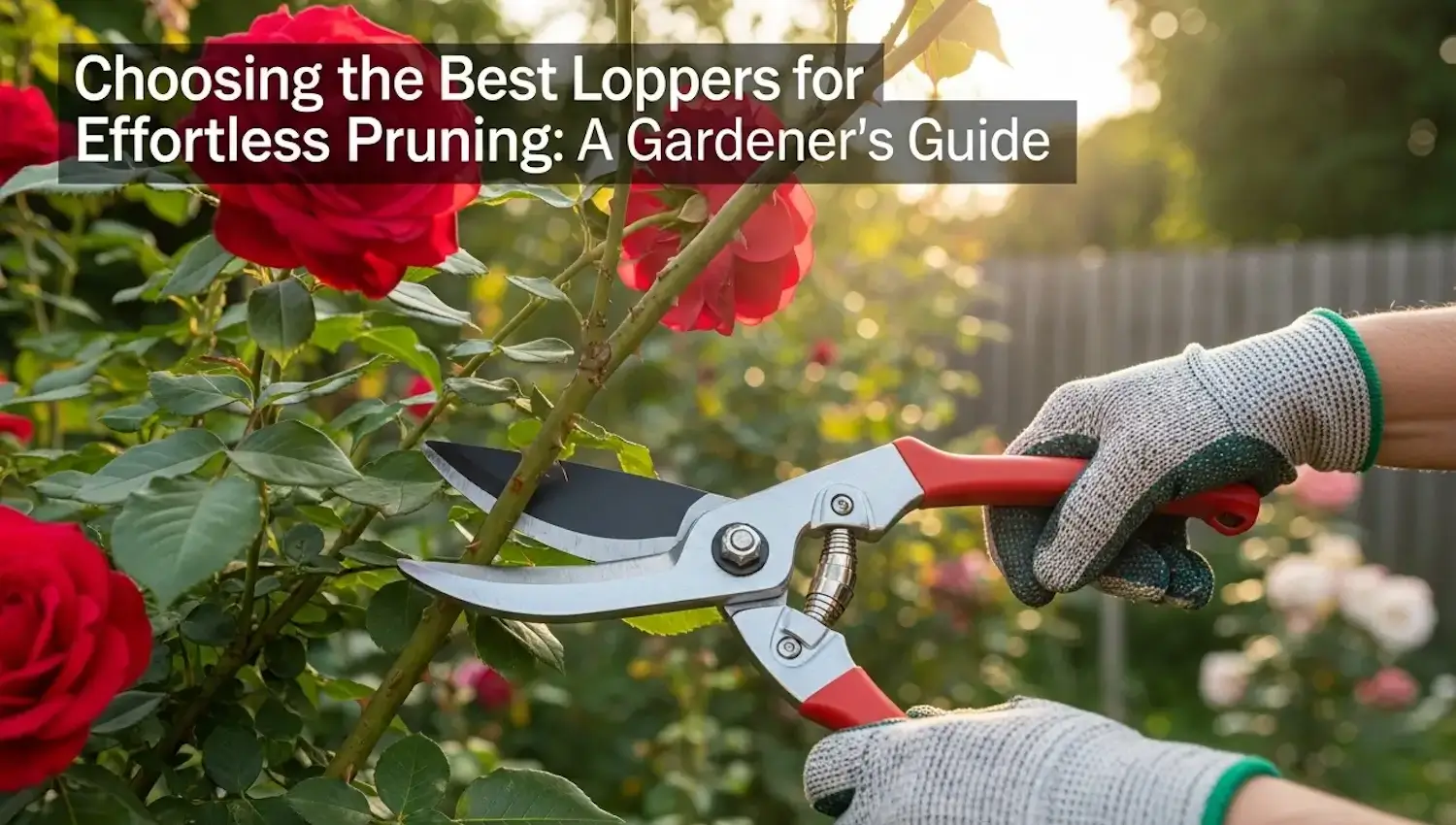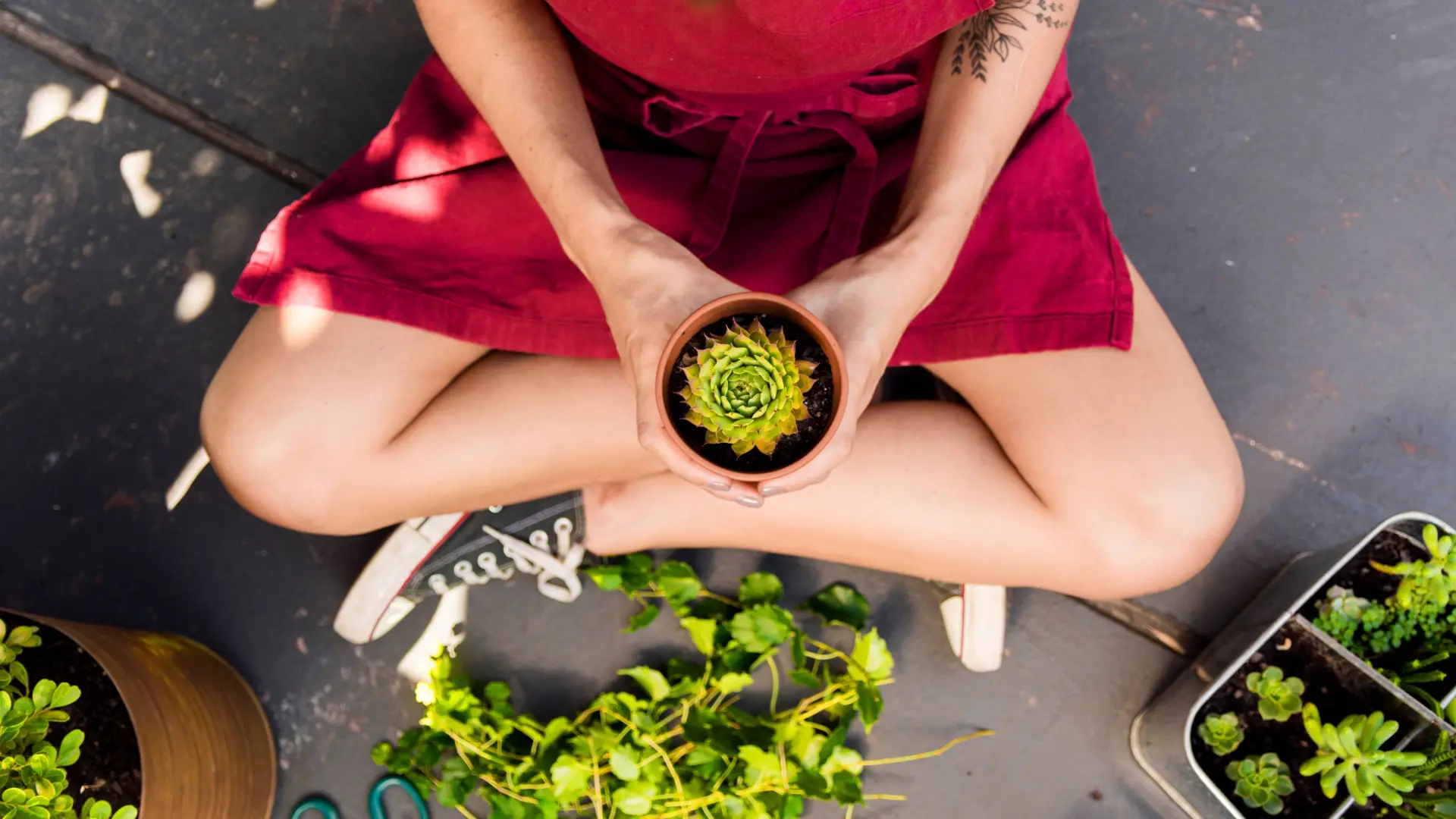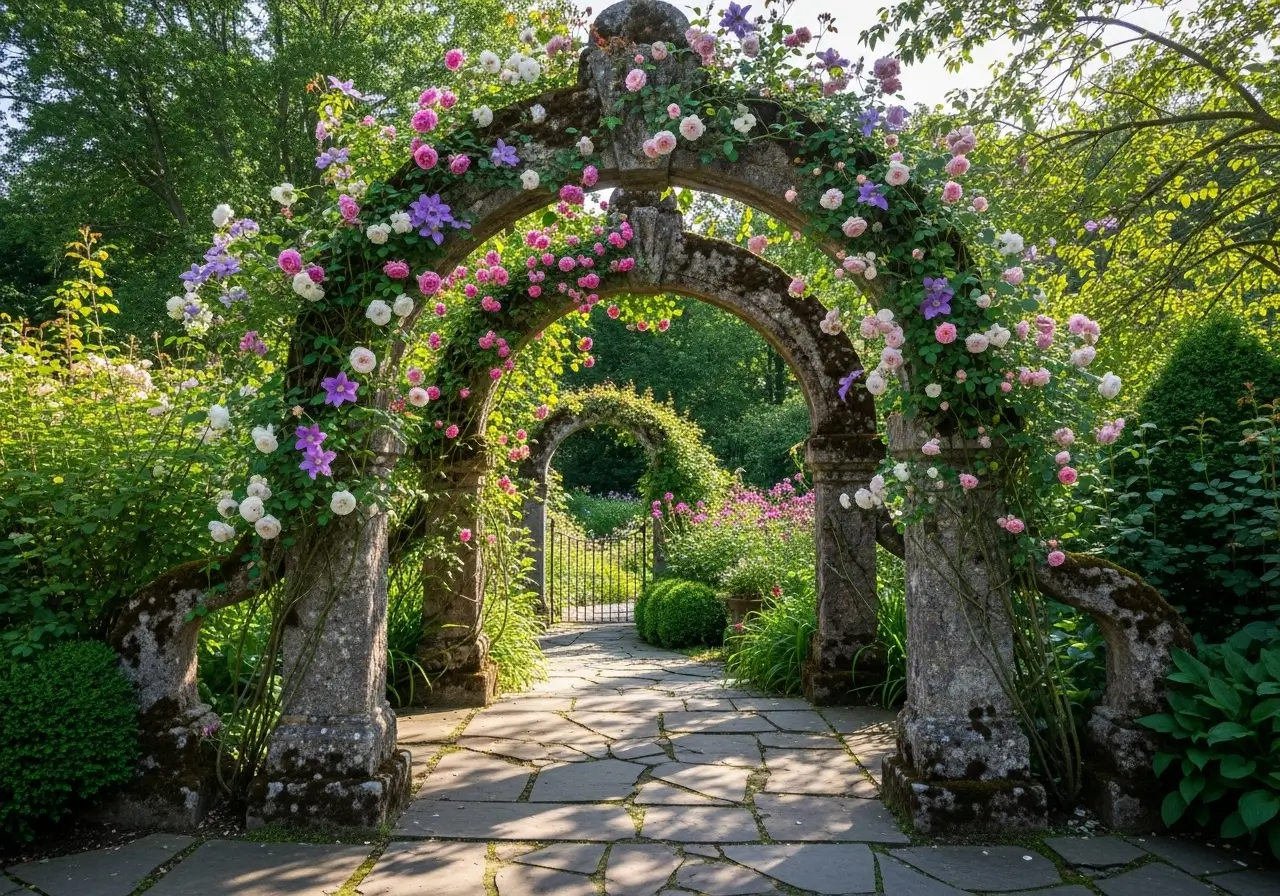
Sustainable Farming Practices
We unite suppliers and green industry professionals worldwide
Xanthorrhoea, or Grass Tree, is one of Australia's most recognisable native plants, famous for its striking looks, its slow growth, and its resilience
By Victor Miller
|Published on June 07, 2025


Have you ever seen a plant so dramatic it looks like it walked off the set of a fantasy film?
Xanthorrhoea, or Grass Tree, is one of Australia's most recognisable native plants, famous for its striking looks, its slow growth, and its resilience. With its blackened trunk (often formed after bushfires), fountain of grassy foliage, and towering flower spike, this prehistoric beauty adds an exotic, sculptural element to any landscape. Thriving in poor soils and in tough climates, it’s been a cultural symbol for thousands of years and a particular favorite among gardeners who crave bold texture with minimal maintenance.Whether planted solo or in a native garden, Xanthorrhoea is a living reminder of survival, drama and organic beauty
| Botanical Name | Xanthorrhoea spp. |
| Common name | Grass Tree, Balga (WA), Yakka (SA), Blackboy (historical, outdated) |
| Height | 3-20 feet (with flower spike) |
| Sunlight | Full sun to partial shade |
| Soil | Sandy, well-draining, low in nutrients |
| Water | Very sparingly; drought tolerant |
| Hardiness Zones | 9 — 11 (USDA equivalent) |
| Bloom Time | Spring to summer, especially after fire or stress |

August 28, 2025
11 minute read
August 27, 2025
10 minute read
August 27, 2025
18 minute read
August 27, 2025
12 minute read


Join as a seller and connect with thousands of B2B buyers nationwide!
Sign Up
Xanthorrhoea is a tough and uniquely beautiful native that thrives on neglect. Once established, it needs little water, no fertilization and tolerates heat and poor soil. It is slow growing, which makes it perfect for long-term landscaping, and it can live for many years under the right conditions.
Choose a sunny location with well-draining sandy soil and do not disturb the roots while planting. These plants form a symbiotic relationship with mycorrhizal fungi—critical for survival—so minimal root disruption is key. Let nature do the work, and Xanthorrhoea will repay you with years of sculptural grace.
Xanthorrhoea likes full sun and this helps produce the dense growth of leaves and flowers. Although it will tolerate light shade, too much may diminish vigor and possibly decrease flowering capability. For best results, grow it in an open space that gets 6–8 hours of sun each day.
Grass trees prefer VERY well-drained sandy soils, mimicking their natural habitat. They don't like too rich or moist soil, and if your soil is clay or compacted, they might suffer from root rot. As you plant, mix soil with coarse sand or plant in raised beds. Don’t try to over-enrich the soil — these are nutrient-frugal plants that thrive in lean conditions.
Once established, Xanthorrhoea is extremely tolerant of dryness. It likes to be watered deeply but less often, with its soil drying out thoroughly between waterings. Excessive watering is the most common cause of failure. During establishment (the first year), water occasionally but never let it sit in soggy soil.
Pruning Xanthorrhoea may not be necessary, but periodic cleanup should be enough to maintain a tidy appearance. Its old, brown leaves form a shaggy skirt around the base—some gardeners leave this for a wild look, while others trim it up for neatness or fire safety.
When to prune: Late winter to early spring
What to prune:
Why it helps:
Avoid cutting the trunk or crown—this can be fatal.
Xanthorrhoeas are not easy to grow and they take time to grow.
From seed:
Note: Propagation from cuttings is not possible.
Also these plants form essential fungal relationships — nursery-raised seedlings are often more robustly surviving than their wild transplants.
It can be grown in pots, though its long taproot and slow growth demand special care.
Potted Grass Trees are perfect for a patio or courtyard where they can show off their dramatic form.
In warm regions Xanthorrhoea does not require winter time protection. In marginal areas, container-grown plants may need to be sheltered from frost.
Keep plants dry and avoid humidity buildup around the base during winter dormancy.
Xanthorrhoea is best known for its striking flower spikes, which can reach over 10 feet tall. Though flowering is unpredictable, it’s often triggered by fire, drought stress, or age.
After flowering, the spike will eventually dry out—this can be cut back or left standing for visual interest.
Grass Trees are relatively trouble free, but there are a few problems, especially in poorly suited conditions. Most problems rise from root damage, overwatering, and unsuitable soil.
Common problems include:
Maintain good drainage and do not disturb the roots.
A resilient iconic plant Xanthorrhoea lends bold beauty to any landscape with barely a whisper of care. Its architectural shape and foliage combined with occasional but stunning flowers make it a centerpiece in native and low-maintenance gardens alike. Provide it with sun, sandy soil, and lots of room to shine, and you’ll be the proud parent of a living sculpture that epitomizes the rough beauty of the Australian wild.
It can live for hundreds of years in the wild. Growth is slow—often less than 1 inch of trunk per year.
No, wild collection is illegal in most areas. Always buy nursery-propagated plants.
They bloom irregularly, particularly under stress (from drought to fire). Patience is key.
Not usually. Their long taproots and partnerships with fungi make relocation risky.

Sustainable Farming Practices
Victor Miller

Maintenance & Equipment Tips
Victor Miller

Sustainable Farming Practices
Gina Lazaarus

Soil Health & Fertilization
Gina Lazaarus

Outdoor Living
Victor Miller

AgriTech & Farm Automation
Gina Lazaarus

Outdoor Living
Victor Miller

Lawn Care Tips & Maintenance
Victor Miller
My Account
Our team is always here to help.
We are open Monday - Friday, 9:00 AM to 4:30 PM PST.